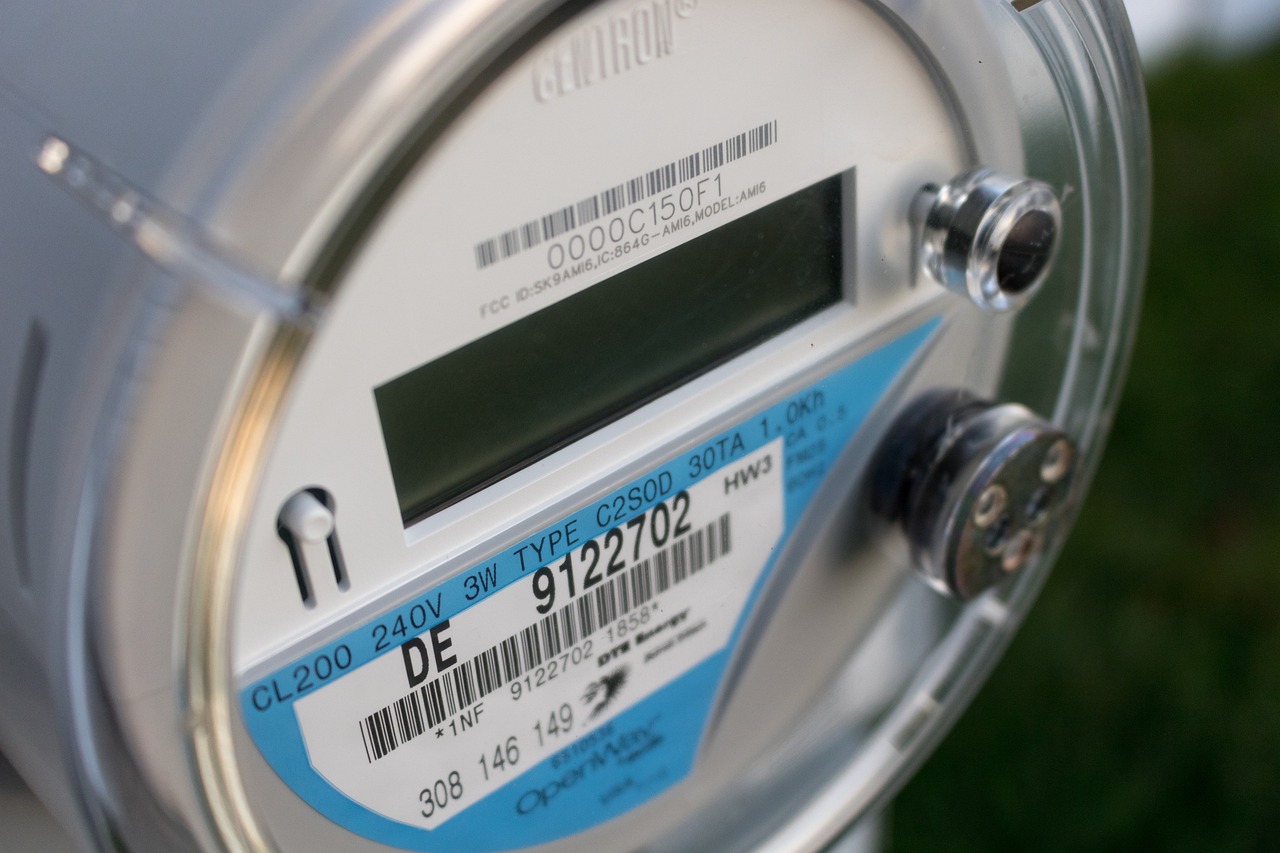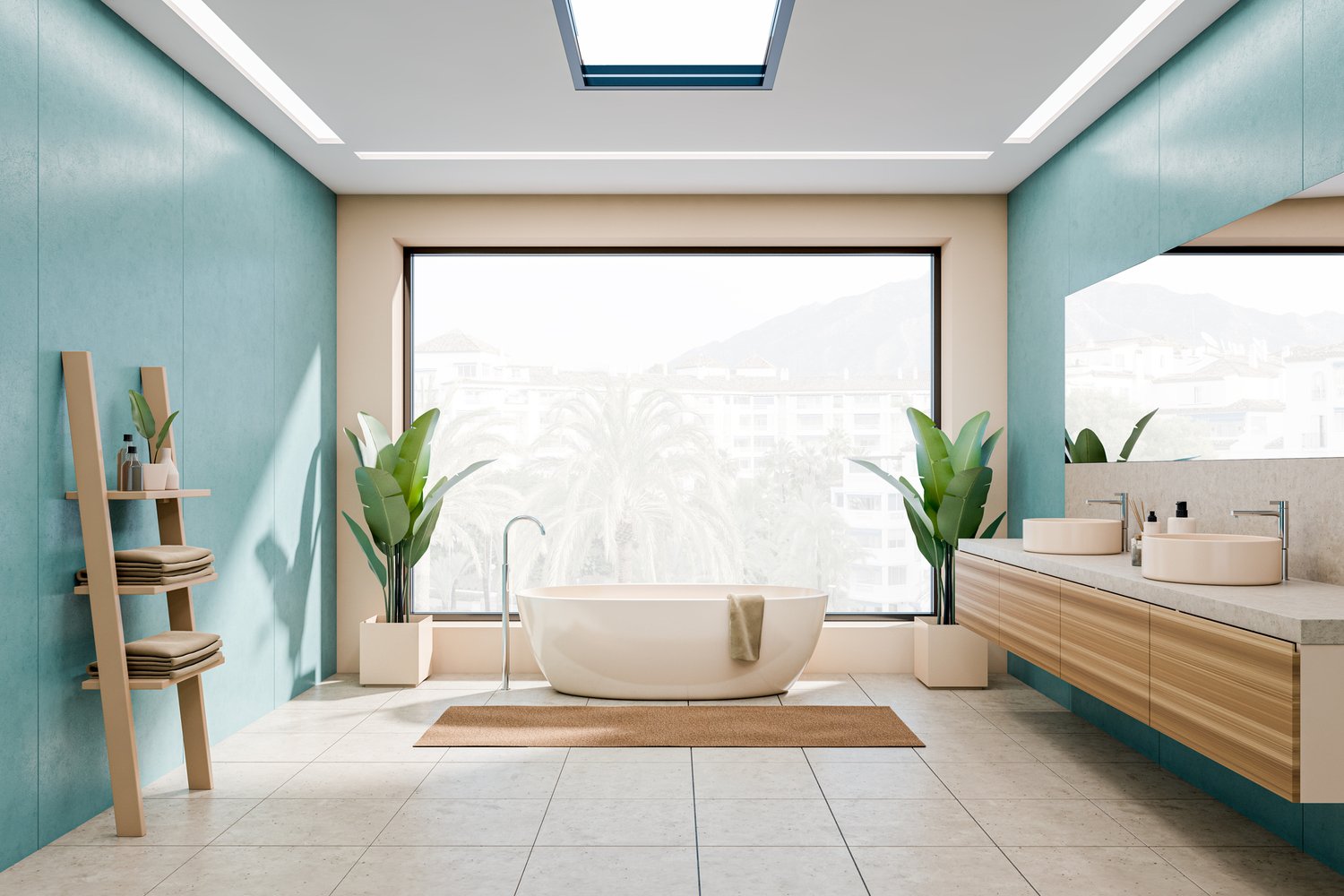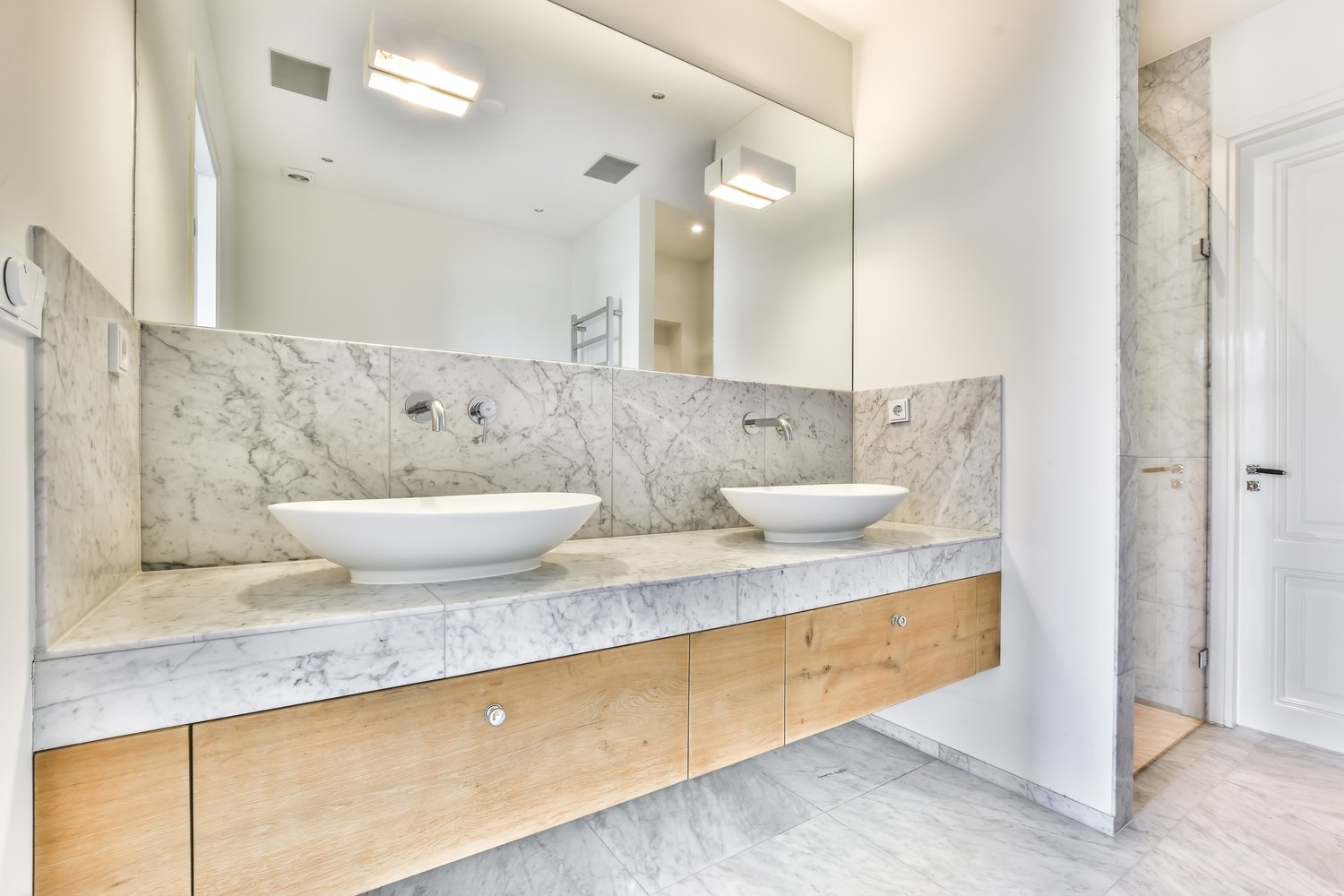A home energy audit serves as a comprehensive assessment of your home’s energy consumption and efficiency. By identifying areas where energy is being wasted, a proper audit enables homeowners to make strategic improvements that can significantly reduce energy bills while enhancing comfort. This article explores the process of conducting a home energy audit, highlights common sources of energy loss, and provides practical solutions to improve your home’s overall energy performance—ultimately helping you create a more efficient, comfortable, and cost-effective living environment.
Understanding Home Energy Audits
A home energy audit is essentially a thorough inspection that evaluates how much energy your home consumes and identifies measures you can take to improve efficiency. Professional energy auditors use specialized equipment like blower doors, infrared cameras, and surface thermometers to detect energy loss home issues that might not be visible to the naked eye. However, you can also perform a basic DIY energy audit to spot obvious problems before deciding whether to invest in professional services. The goal of any energy audit is to create a comprehensive picture of your home’s energy use patterns and identify specific opportunities to reduce waste and improve comfort.
The benefits of conducting an energy audit extend beyond just lowering utility bills. Addressing energy inefficiencies can improve indoor air quality, reduce your carbon footprint, and even increase your property value. Many homeowners report that after implementing recommendations from an energy audit, they experience fewer drafts, more consistent temperatures throughout their home, and a noticeable reduction in monthly energy costs—sometimes by as much as 30 percent.
Common Sources of Energy Loss
Understanding the typical culprits behind energy waste can help you focus your efforts during an energy audit. Inadequate insulation ranks among the top causes of energy loss in homes across all climate zones. Properly installed insulation in attics, walls, and crawl spaces acts as a thermal barrier, preventing heat transfer between your home and the outside environment. Many older homes have insufficient insulation by today’s standards, especially in attics where heat typically escapes during winter months.
Air leaks represent another significant source of energy waste. These leaks commonly occur around windows, doors, electrical outlets, plumbing fixtures, and where different building materials meet. During winter, these gaps allow warm air to escape while cold air infiltrates. The reverse happens in summer, forcing your heating and cooling systems to work harder and consume more energy. According to energy experts, air leaks can account for up to 40% of heating and cooling energy loss in a typical home.
Outdated or inefficient HVAC systems, water heaters, and appliances also contribute substantially to excessive energy consumption. Systems that are over 10-15 years old typically operate at much lower efficiency rates than modern alternatives. Similarly, inefficient lighting solutions like incandescent bulbs convert only about 10% of energy into light, with the rest wasted as heat. As explained by energy efficiency specialists at AskHomey, upgrading these systems and appliances to ENERGY STAR certified models can yield significant energy savings over time.
DIY Energy Audit Steps
Conducting a basic energy audit yourself can reveal many efficiency issues before investing in professional services. Begin by examining your utility bills from the past 12 months to identify consumption patterns and seasonal variations. This baseline data helps you measure the impact of any improvements you make. Next, inspect all exterior doors and windows for air leaks using a simple smoke test—light an incense stick and hold it near potential leak areas. If the smoke wavers or is drawn out, you’ve found an air leak that needs sealing.
Checking your home’s insulation is another critical step. In the attic, measure insulation depth—most homes should have 12-15 inches depending on your climate zone. For walls, you can sometimes check insulation levels by removing outlet covers (after turning off electricity to those outlets) and looking inside the wall with a flashlight. Don’t forget to examine exposed ductwork in basements, attics, and crawl spaces for leaks or disconnected sections that could be wasting conditioned air.
Finally, assess your major appliances and lighting. Record the age and condition of your furnace, air conditioner, water heater, refrigerator, and other large appliances. Consider replacing any that are more than 10-15 years old with energy-efficient models. Throughout your home, note how many incandescent bulbs are still in use and plan to replace them with LED alternatives, which use up to 75% less energy and last much longer.
Professional Energy Audits: What to Expect
While DIY assessments can identify obvious issues, professional energy auditors bring specialized knowledge and equipment to detect problems that might otherwise go unnoticed. A professional audit typically begins with a thorough examination of your home’s exterior and interior, followed by a series of diagnostic tests. Blower door tests depressurize your home to measure air leakage rates and identify specific leak locations. Infrared cameras reveal temperature variations that indicate insulation gaps, moisture problems, or air infiltration points in walls and ceilings.
Professional auditors also perform combustion appliance zone (CAZ) testing to ensure your fuel-burning appliances operate safely and efficiently. They’ll analyze your utility bills, ask detailed questions about occupant behaviors and comfort issues, and often provide prioritized recommendations based on cost-effectiveness and potential energy savings. The comprehensive report you receive after a professional audit serves as a roadmap for improving your home’s energy efficiency, typically listing improvements from most to least cost-effective.
Investing in professional energy audit services usually costs between $300-600, depending on your home’s size and the depth of testing. However, many utility companies offer subsidized or even free energy audits to their customers as part of energy conservation initiatives. The detailed insights gained from professional testing can help you avoid costly mistakes when planning energy improvements and ensure you address the most significant sources of energy loss first to maximize your return on investment.
For more tips and to connect with reliable home service professionals, follow AskHomey on Facebook and Instagram.



